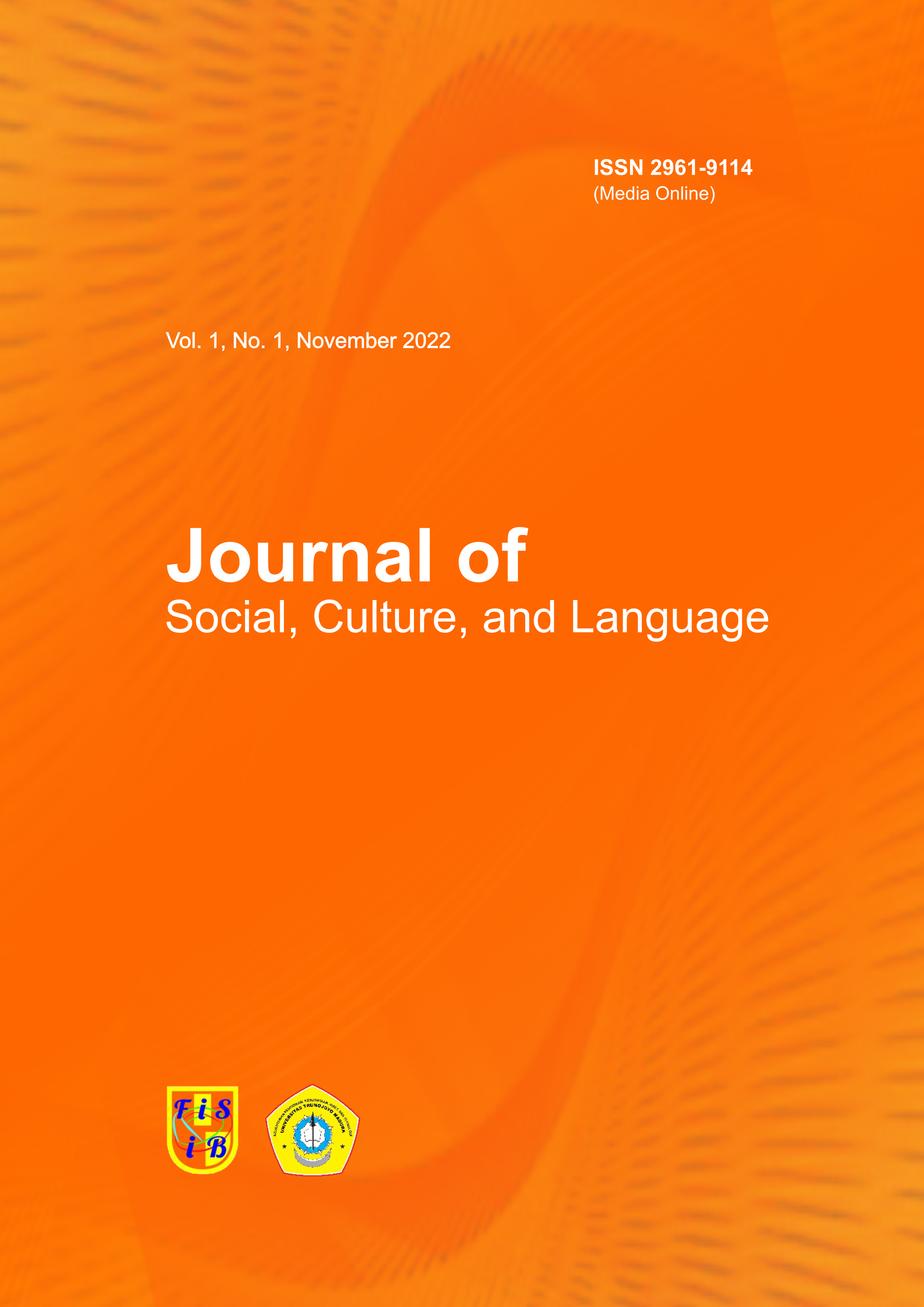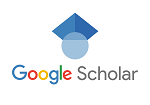Journal of Social, Culture, and Language is a scientific journal published by Jurusan Ilmu Sosial dan Ilmu Budaya, Fakultas Ilmu Sosial dan Ilmu Budaya, Universitas Trunojoyo Madura which focused on Social, Culture, and Language. Journal of Social, Culture, and Language is available on online version (e-ISSN: 2961-9114), regularly published twice in a year, May and November. Journal of Social, Culture, and Language first published on Volume 1 Number 1, November 2022.
Please read the author’s guideline carefully. Authors wishing to submit articles to Journal of Social, Culture, and Language must adhere to the author's guidelines. If the submitted article does not match or is written in a different format from the guidelines, it will be REJECTED by the editor before further review. The editors only accept articles that conform to a predetermined format. Articles are written in Indonesian or English.
The process of receiving, reviewing, and publishing articles on Journal of Social, Culture, and Language is fully carried out through the open journal system (OJS). Writers who will submit articles must pay attention to author's guidelines and write articles according to the examples of articles that have been provided. Articles that do not comply with the provisions and templates and have a similarity level with other sources of more than 30% will be immediately rejected.

Online Submission
The Journal of Social, Culture, and Language accepts manuscripts/articles in the fields of social, culture, and language. All manuscripts are expected to follow the author's guidelines. The author must provide information (email and telephone number) for the purpose of communicating the development of the article. Manuscripts/articles must be submitted through the online submission system.
Already have a Journal of Social, Culture, and Language Username/Password?
Select GO TO LOGIN
Need a Username/Password? GO TO REGISTER
Or Open on Journal of Social, Culture, and Language Online Submission
If you have a problem, please send an email at jscl@trunojoyo.ac.id or call 081356287310 / 085947747470
Journal of Social, Culture, and Language indexed by :
Vol 4, No 1 (2025): Journal of Social, Culture, and Language
Table of Contents
Articles
|
Qorinah Noer Fadilah S, Rosa Amelia Bamasputri, Icha Fitriani, Asri Agustina Salsabila, Nur Indah Dwi Prasetyaningsih
|
1-11
|
|
Kukuh Wijayanti, Dela Rahmah Aminarti, Titis Adilia, Muhammad Hafiyyan Annafi, Messya Olla Savira, Nadya Poernamasari
|
12-19
|
|
Rizki Hoirul Anam, Muhammad Naufal Abiyyu, Agung Laksono, Muhammad Angkasa Dharu, Aldi Wahyudi
|
20-26
|
|
Alican Mendez Pandapatan
|
27-45
|
|
Siti Shoimatul Azizah
|
46-55
|






